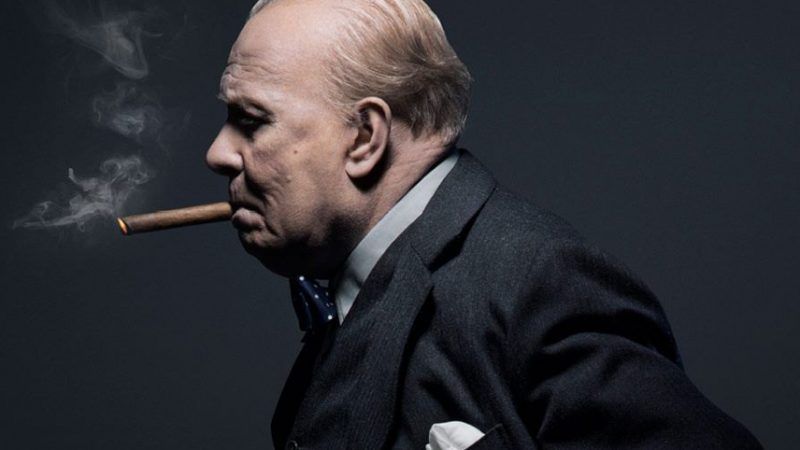Darkest Hour


To go to war or not to? That is the quandary at the center of Darkest Hour, a film that depicts almost no violence at all and yet shines a searchlight on the stakes surrounding a decision about when and whether fighting among nations is justified.
Set in summer 1940, the movie follows a vigorous debate between newly appointed Prime Minister Winston Churchill, who believes Germany must be met with force of arms, and loyalists to his predecessor, Neville Chamberlain. With the enemy closing in and the United States (at the time) forswearing aid, the latter group concludes the Wehrmacht is too strong to be defeated. To prevent further bloodshed, it favors seeking peace terms with Hitler.
For Churchill this is madness ("You cannot reason with a tiger when your head is in its mouth!"), and the viewer knows history will vindicate his tenacity. The story's power is that it forces us to consider what might have seemed right, and why, had we also been in the room without the benefit of hindsight.
This article originally appeared in print under the headline "Darkest Hour."


Show Comments (2)